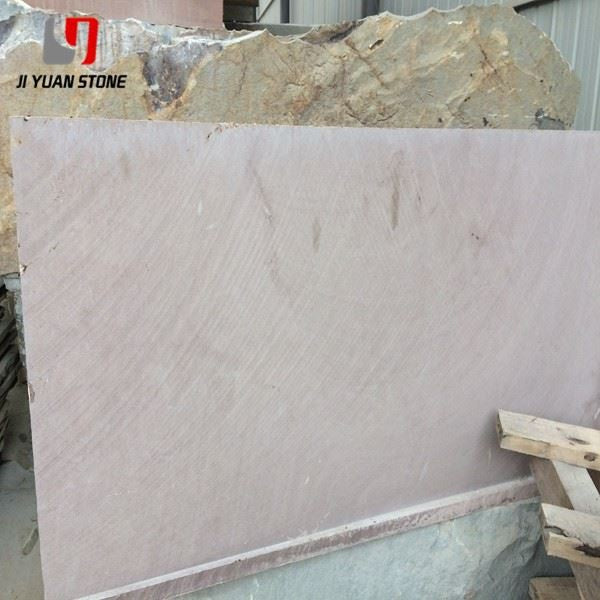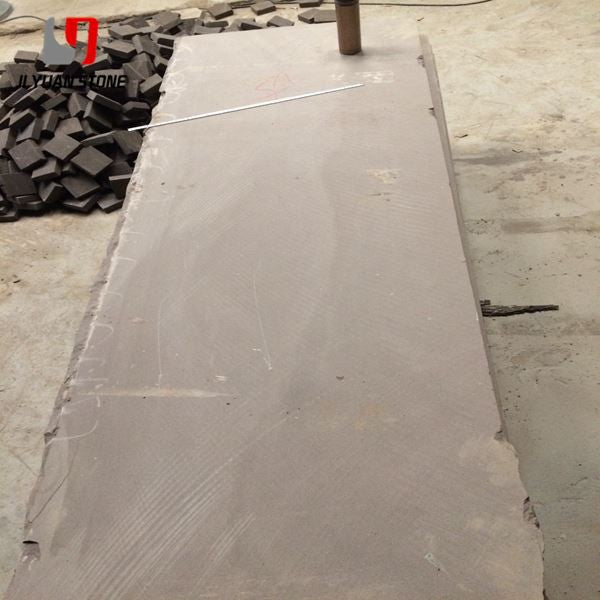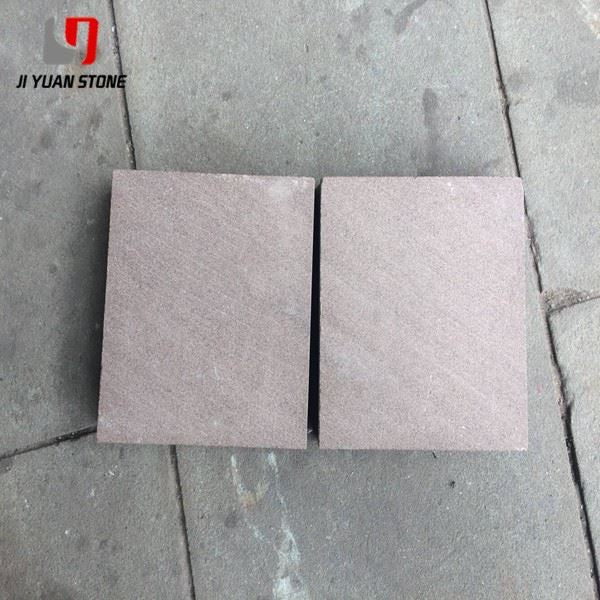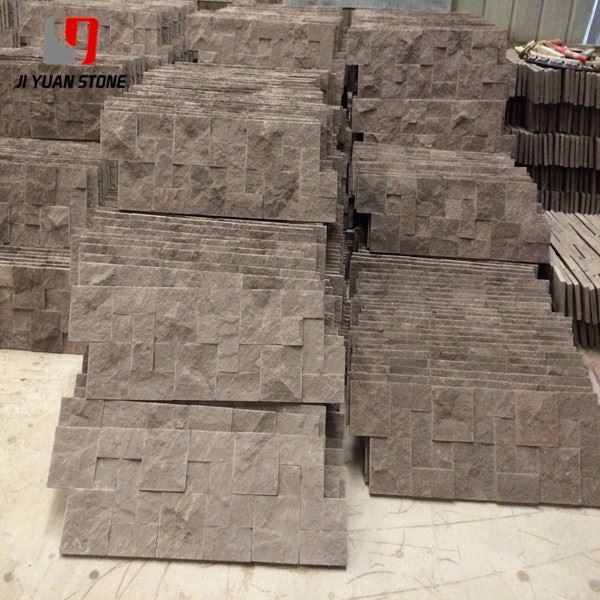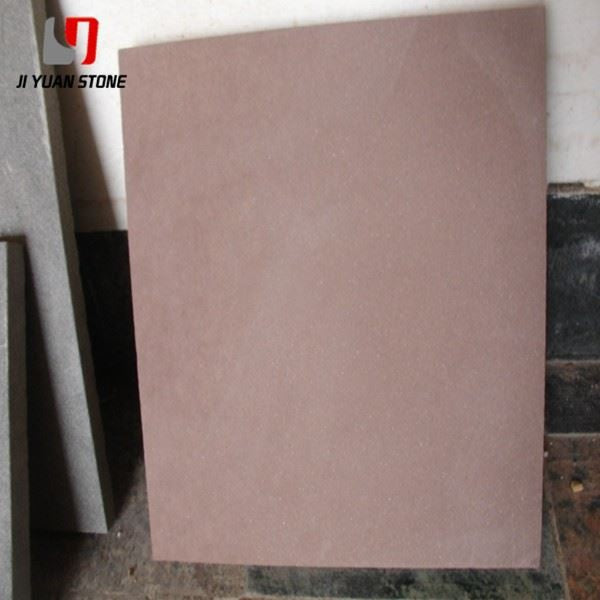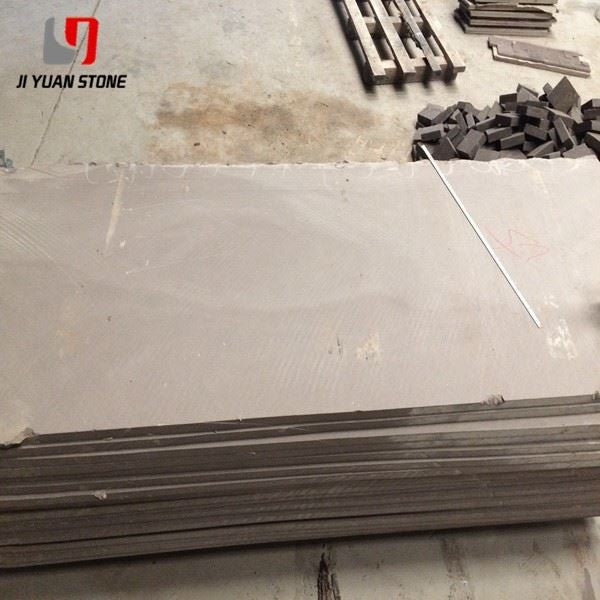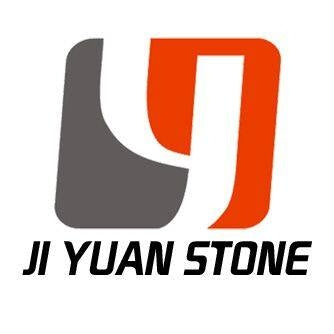Purple Sandstone
Purple Sandstone
Natural Purple Sandstone – Ancient Beauty, Modern Strength
Purple Sandstone is a unique and natural stone with a beautiful purple hue. This stone can add a touch of elegance and sophistication to any space, making it perfect for both indoor and outdoor use. Made from durable materials, it is long-lasting and low maintenance, offering both beauty and functionality.
| Feature | Details |
|---|---|
| Material | Natural Sandstone |
| Surface Finished | Honed,Flamed,Bush-hammered,Brushed,Nature,Mushroom,Sawn etc |
| Finished Products | Floor tiles, Wall cladding, Countertops, Windowsills, Special-shaped tiles, Small slabs, Swimming pool, steps, wall panel, flooring, veneers, slabs, coping tiles, etc |
| Color | Yellow,black,white,red,purple wood,green,grey,rainbow etc |
| Finished | Honed, Split, Sandblasted, Sawn, Antiqued, Pineapple, etc. |
| Dimension |
|
| Usage | Interior & Exterior Decoration |
| Quality Control | Thickness Tolerance:+/-0.5mm,+/-1mm;All Products Checked by Experienced QC |
| MOQ | Welcome Small Trail Orders |
| Sample | Contact Us For Free Samples |
| Package | Standard Exporting Seaworthy Package ( Inner: Plastic Film and Foam; Outer: strong seaworthy wood Crates or Pallets.)Payment |
| Payment | T/T, L/C, Escrow, Western Union |
| Delivery | Within 2 Weeks After Deposit |
Natural purple sandstone is one of the oldest and most enduring building materials, celebrated for its high strength, decorative versatility, exceptional durability, and abundant availability. With a rich historical background and distinctive color, it has always held a prominent place in the design of human gardens, palaces, and architectural masterpieces.
An Ancient Stone, Reimagined for Modern Landscapes
Thanks to advancements in modern mining and processing technologies, natural purple sandstone is now more accessible and adaptable to contemporary design. Its textured elegance and earthy purple tones add a unique charm to landscaping, facades, garden paths, wall claddings, and public spaces.
This ancient material offers great aesthetic and practical value, making it ideal for both classic and modern outdoor architecture.
Purple Sandstone vs. Granite: A Balanced Comparison
While granite is known for its extreme hardness, wear resistance, and long lifespan (over 100 years), purple sandstone has its own unmatched qualities. Although slightly less hard than granite, purple sandstone is easier to process and install, offering unique character and warmth that granite often lacks.
Granite is highly weather-resistant, with a bulk density of 2.56g/cm³ and low water absorption (0.15%–0.46%), making it highly frost-resistant and ideal for harsh climates. However, its hardness makes it more difficult to quarry, and its brittleness requires careful handling. In contrast, purple sandstone is easier to shape and still provides high durability and aesthetic richness.
Natural purple sandstone is an ancient building material with the characteristics of high strength, good decoration, high durability, and a wide range of sources. This ancient building material has always occupied a place in the history of human gardens.
Decorative Performance and Versatility
Purple sandstone boasts excellent decorative properties and is widely used in public spaces, outdoor facades, flooring, and landscape architecture. Its rich textures and subtle color variations make it a favorite among designers who want to blend natural beauty with structural integrity.
Key Advantages of Natural Stone Materials:
1 . Outstanding Decorative Performance – Perfect for public areas and outdoor settings.
2 . Excellent Machinability – Easy to cut, polish, drill, and engrave.
3 . High Wear Resistance – 5 to 10 times greater than cast iron.
4 . Minimal Thermal Expansion – Maintains shape under extreme temperatures.
5 . Superior Rigidity – High elastic modulus, non-magnetic, and stable.
6 . Shock Absorption – Strong internal damping, excellent for vibration resistance.
7 . Chemical Stability – Resists weathering, acids, alkalis, and corrosive gases.
8 . Longevity – A lifespan of up to 200 years with proper installation and care.
Installation Tips for Large-Scale Projects
Natural purple sandstone usually comes in shorter lengths due to geological limitations, so joints are inevitable in large-scale paving. While these joints can trap dirt, proper seam-level planning and professional construction can minimize maintenance and maximize durability. If you’re a fan of all-natural materials, combining purple sandstone with materials like granite can yield both beauty and enhanced antibacterial properties—just ensure expert seam alignment during installation.
Conclusion
Whether you're designing a tranquil garden path, a majestic courtyard, or a public landscape, natural purple sandstone offers a blend of tradition, durability, and visual appeal. This ancient stone, reborn through modern techniques, remains a testament to timeless design and natural resilience.
Share
